Why currants don’t bear fruit and what to do about it
Currant seedlings can be grown independently or purchased from a nursery. When suitable conditions are created, this shrub begins to bear fruit abundantly after 2-3 years. But sometimes gardeners observe a lack of berries on well-developing stems. It is important to understand what reason led to such problems in order to take adequate measures to save plants in a timely manner.
Compliance with agricultural technology
Still at the stage planting work It is important to provide for the competent implementation of agrotechnical measures throughout the growing season in order to prevent a possible lack of fruiting.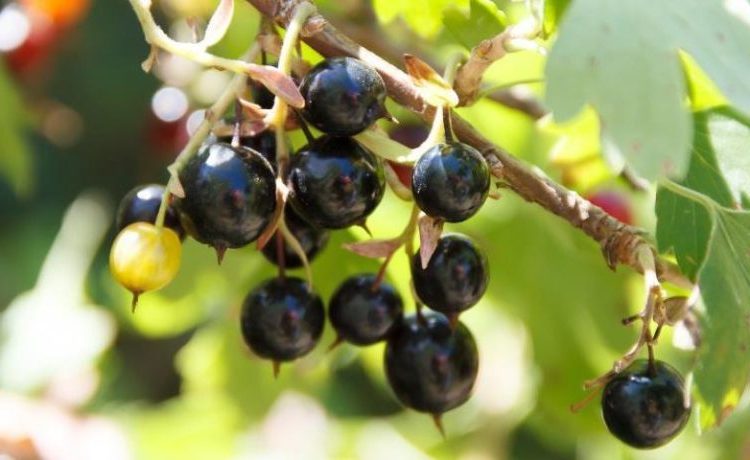
Basic Rules:
- select zoned blackcurrant seedlings that are recommended for cultivation in a particular region;
- allocate a suitable area for the location of currant bushes;
- avoid excessively dense planting of rapidly developing plants;
- practice annual pruning of bushes in spring;
- regularly weeds and loosens tree trunk circles (6-7 times during the summer season);
- organize a competent irrigation system;
- regularly inspect currant bushes, which helps to identify traces of pests or signs of diseases in the early stages and effectively carry out therapeutic measures;
- In the process of performing sanitary pruning, old shoots are removed, rejuvenating the bushes.
Knowing the main features growing currants, the gardener can prevent a decrease or lack of fruiting.
Inappropriate landing site
Black currant develops well and bears fruit abundantly if, at the planting stage, the basic requirements of this crop for the conditions created and its characteristics are taken into account.
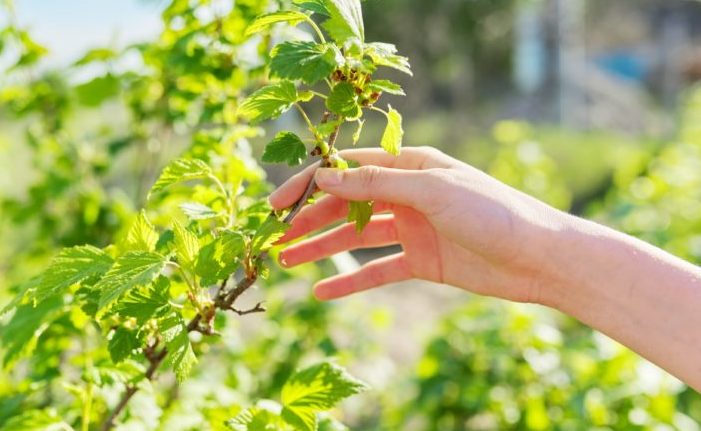
Moisture-loving
Currants need to ensure good soil moisture. When grown in arid southern regions, low and irrigated areas are allocated for this crop.
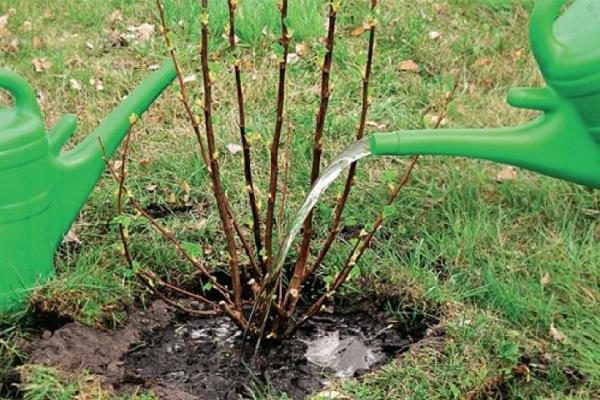
But it must be borne in mind that it will not be possible to get a good harvest if the seedlings are placed in areas with high groundwater levels, where there is excessive waterlogging of the soil.
Read more about watering rules here.
Shade tolerance
To obtain large juicy berries, select places with light shade for black currants. You can plant plants next to the gazebo, terrace, house.
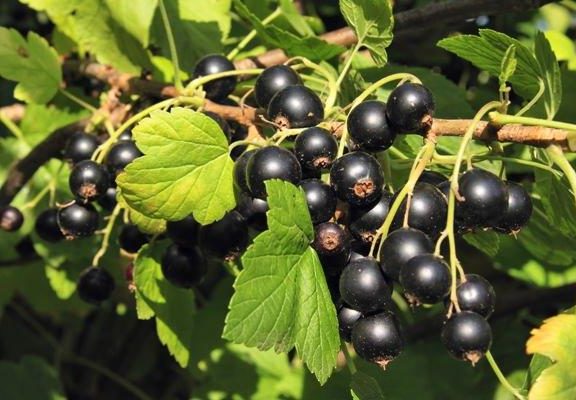
Avoid bringing bushes too close to fences made of corrugated sheets or reinforced concrete that are very hot from the sun's rays. If protection from cold wind currents is required, then it is worth retreating at least 1.2 m from such structures.
Poor quality planting material
The high yield of blackcurrant bushes depends not only on competent agricultural technology, but also on the choice of high-quality seedlings. Draws attention to the following characteristics:
- A branched, well-developed root system with elastic shoots, the length of which is approximately 20 cm.
- Stems reaching a length of 50 cm without signs of damage or traces of mold.
- Lack of leaves on the shoots.If leaf blades remain on the branches, this indicates that the early dug seedlings are not sufficiently strong, which will require a long period of adaptation after moving to a permanent place. In winter they can freeze.
On the eve of planting, seedlings with exposed dried roots must be immersed in cool water, where they are kept for 12 hours. Damaged areas of roots are trimmed using pruners with sharp blades.
Failure to comply with landing rules
Proper preparation of planting holes plays a role. Their sizes are calculated so that the seedling is buried approximately 5 cm more compared to its growth in the nursery.
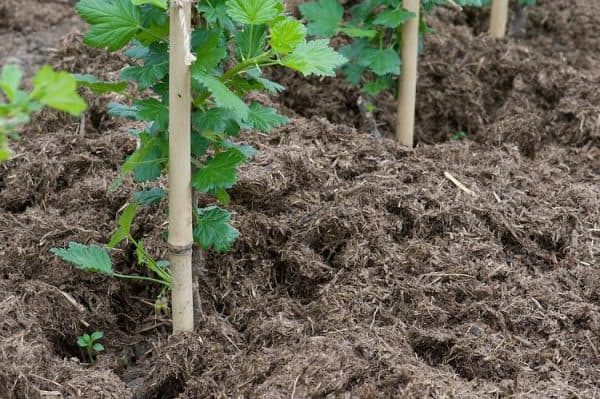
After installing the plant in the hole, the roots are carefully straightened. The voids are filled with soil, carefully compacting each layer. Maintain a minimum interval between individual bushes of 1.5 m.
Soil composition
Black currants do not develop well in acidic soil. Its main characteristics are plants such as plantain, horse sorrel, horsetail.
During the preparation process, wood ash or slaked powdered lime is added to such an area in an even layer in the fall. Approximate norm 6 kg / 10 m2. On heavy loam this figure increases.
Climatic conditions
Before choosing a variety, you need to make sure that it is recommended for cultivation in that region.
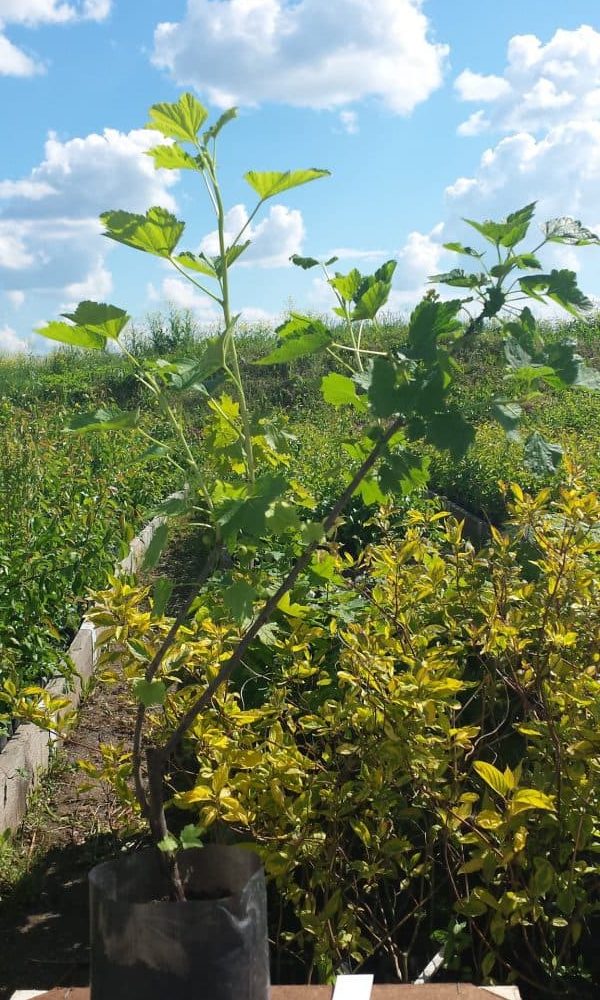
This will avoid freezing in the winter and prevent the death of buds during early spring frosts.
Violation of the rules of care
Organizing a system of activities focused on systematic care of blackcurrant bushes guarantees a good harvest. Violations of basic rules often cause infertility of blackcurrant bushes.
Lack of pollinator plants
Many varieties require cross-pollination. Considering this factor, it is recommended to place several varieties of black currants nearby. This ensures good development of the ovaries.
Insufficient watering
For moisture-loving blackcurrants, it is important to ensure a systematic supply of water. This is explained by the fibrous surface root system, which goes deep to 10-60 cm. During prolonged drought growth processes slow down. Weakened shoots do not have time to ripen before winter, as a result of which the buds freeze out in frosty weather, which leads to a complete absence of fruiting.
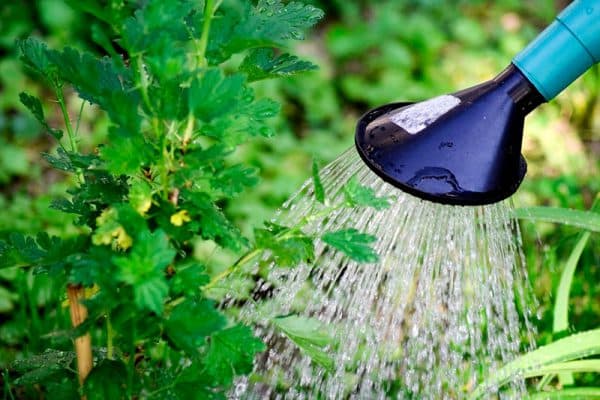
It is important to avoid excessive watering in order to avoid prolonged stagnation of moisture that is detrimental to the crop.
Poorly selected fertilizers
For abundant fruiting, blackcurrant plantings require timely fertilizing. It is important to choose the right type of fertilizer for each season:
- In the spring, nitrogen-containing fertilizers are applied, which activate the development of buds. They also contribute to the growth of leaf mass and ensure the appearance of a large number of inflorescences.
- At the stage of formation and subsequent ripening of berries, phosphorus-potassium fertilizers are included in the fertilizing, which increase plant immunity.
- After the fruiting period ends, the formation of flower buds begins. At this stage, it is advisable to add saltpeter, but no later than the first days of September, in order to prevent excessively active growth of young stems. They will not have time to become woody before winter, which will lead to freezing of the buds and lack of harvest.
Pay attention to the article How and what to feed currants in June: the best fertilizers and rules for their application
Diseases
There may be a lack of berries on currants due to damage to the plantings by the following dangerous infections:
- Powdery mildew. The main symptom is a whitish coating on the above-ground parts of the bushes. The affected leaves gradually dry out and fall off, and the stems stop growing.
- White leaf spot. This disease can be noticed by light spots that spread over the entire surface of the leaf blades, causing them to dry out. Productivity decreases sharply, and in the future fruiting may stop completely.
- Terry (reversion). A dangerous disease is manifested by the absence of a pronounced currant aroma. Over time, the leaf blades acquire a three-lobed shape. The buds become double and change color to a purple hue. Berries are completely absent. It is impossible to cure bushes affected by terry. They need to be completely uprooted at the first sign and then burned.
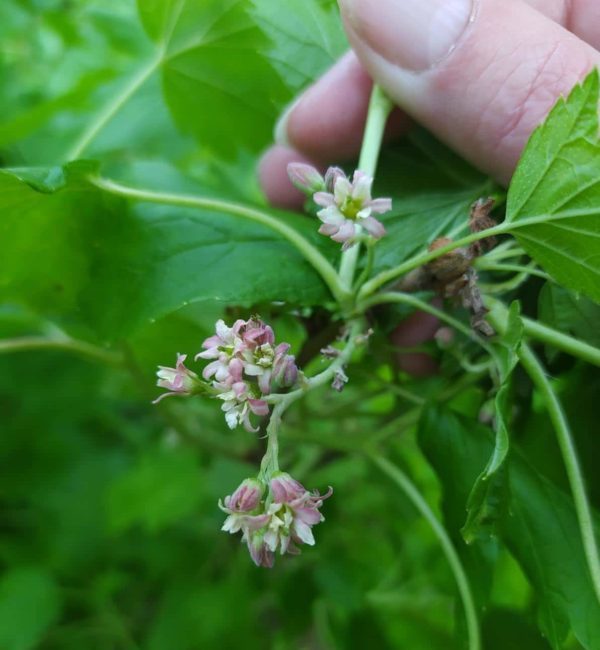 Flowers on a black currant affected by doubleness
Flowers on a black currant affected by doubleness
Fungal infections such as chlorosis and anthracnose also lead to severe weakening of shrubs and drying of leaf blades (more details in this material).
Pests
Blackcurrant plantings are significantly weakened by various harmful insects. With extensive damage, the yield is greatly reduced.
The following varieties are found:
- Kidney mite. You can notice its presence in the spring, as the pest develops in the buds, which become large and round. If there are a small number of such eyes, they are plucked out. If extensive damage is observed on the bush, it must be uprooted and then burned.
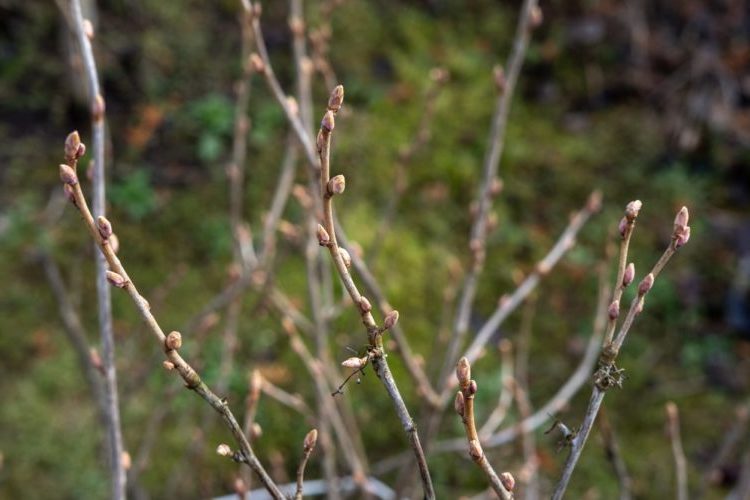 You need to get rid of kidney mites as early as possible
You need to get rid of kidney mites as early as possible - Glassware. At the end of spring, the caterpillars of this bluish-black butterfly begin to damage the shoots from the inside. It is important to promptly cut and burn all affected branches.
- Ants. These insects pose a danger not only due to the spread of aphids. Ants are capable of completely eating away the insides of flowers, which leads to the absence of ovaries. These pests also gnaw the tops of young stems, causing them to dry out. To fight, anthills are poured with boiling water or special means are used (“Pyrethrum”, “Anti-ant”).
Read also How and with what to spray currants in the spring against pests and diseases
Errors in currant cultivation
When growing black currants, serious errors may occur that cause a decrease or loss of fruiting:
- Use fresh manure for regular feeding. This type of organic matter significantly activates the development of vegetative mass, which leads to a decrease in yield.
- They do not practice daily inspection of currant plantings for timely detection of traces of harmful insects or signs of dangerous infections. Saving bushes is possible if treatment and pest control are carried out at the initial stages of trouble.
- Currants are planted in close proximity to the fence.In such a situation, very few berries are formed on the side of the bush adjacent to the heating surface.
- When planting, they do not pay attention to varieties, choosing varieties that are not recommended for a particular region.
- They purchase planting material on the market or secondhand, which does not guarantee its quality.
- Select a place for planting in lowlands with constant waterlogging of the soil or in places with high soil acidity.
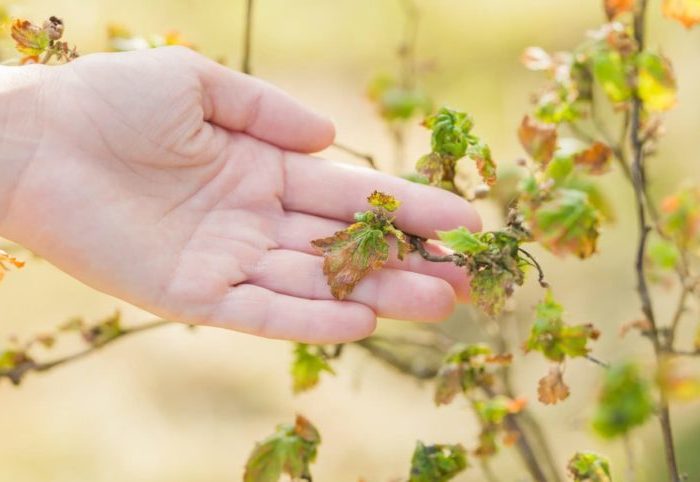
Not all gardeners take into account that currants need to be placed next to other varieties to increase yield.
Pay attention to the tips from the article Proper care and cultivation of currants
conclusions
Although black currant is considered an unpretentious shrub, when cultivating it, it is important to follow simple rules for selecting seedlings and planting sites to increase fruiting. It will also be necessary to provide a well-organized care system. It is important to promptly combat harmful insects and treat plantings from dangerous infections.